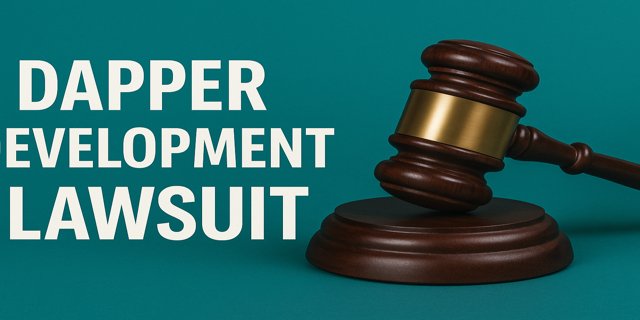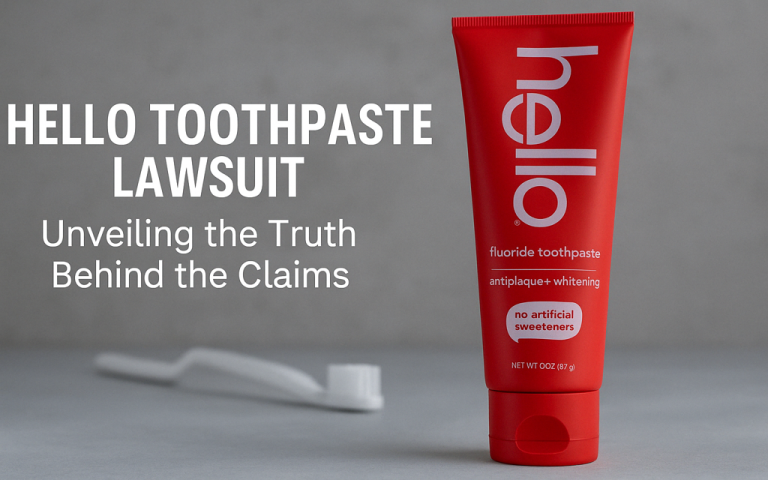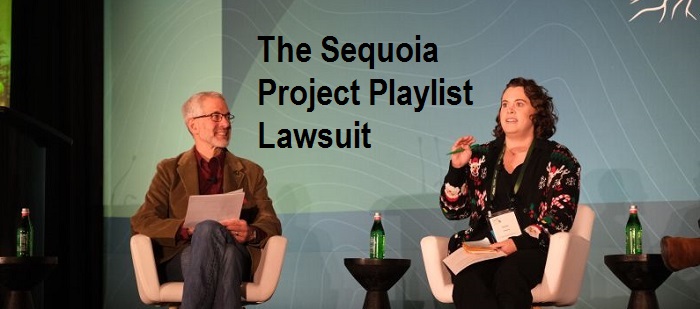The Social Media Addiction Lawsuit has become one of the biggest legal fights in tech. Parents, schools, and state governments are suing companies like Meta, TikTok, YouTube, and Snap. They claim these platforms were built to hook young users, which has harmed their mental health. They point to design choices like infinite scrolling, quick rewards, and targeted content that keep kids glued to their phones. Many teens suffer from depression, anxiety, and sleep issues. Some have even died by suicide.
You might ask — why are these platforms still running the same way? Because companies knew the risks. But they kept their systems the same. Why? Lawsuits say it’s because attention leads to profit. These lawsuits are not just about user complaints — they are legal challenges aimed at forcing major industry changes. If successful, they could alter how social media platforms function for good.
What Do the Social Media Addiction Lawsuit Say?
This section explains the core claims that define these lawsuits and why they’re more than just public outrage.
Addiction by Design
Families and state officials say these apps use tricks to keep you hooked. Algorithms push content you can’t stop watching. Notifications pull you back in. Likes and filters make teens care too much about looks and status. These systems are not accidental. They are the result of years of testing, all aimed at maximizing user engagement and time on screen.
Social media platforms rely on reward systems to keep users scrolling. Infinite scroll and auto-play prevent natural stopping points. The more you interact, the more data they collect. The more data they have, the better they can target you. This loop turns users into data sources and keeps them coming back for more.
Ignoring Warnings
Meta ran internal studies that showed Instagram made girls feel worse about themselves. Still, the company did not change how the app worked. Other platforms saw similar risks and did the same — nothing. These lawsuits argue that ignoring internal research shows a clear disregard for user safety.
Lawyers cite leaked documents and whistleblower testimony. In some cases, engineers raised concerns about the impact on teens. Instead of fixing features, companies ramped up engagement efforts. That silence has become a key piece of evidence in court.
Which States Are Suing?
Let’s explore how different U.S. states are approaching these lawsuits and the legal grounds behind their actions.
41 States Have Filed Cases
States across the U.S. have filed their own lawsuits. California, New York, Florida, Texas, and many more claim social media harms their young residents. Each lawsuit reflects state-specific laws and legal theories but shares the goal of holding companies accountable.
They accuse these platforms of lying to users, hiding harm, and violating children’s privacy laws. Some states are focused on consumer deception. Others lean on public health arguments. A few are using privacy violations, especially in cases where underage users were allegedly tracked or targeted.
This broad approach increases pressure. It sends a message that states are no longer waiting on federal action. Instead, they’re taking the lead in protecting their youth. These cases are now part of one big legal process in California federal court.
| State | Companies Sued | Legal Claims |
|---|---|---|
| California | Meta, TikTok, YouTube | Privacy, fraud, harm to minors |
| Texas | Meta, TikTok | Endangerment, negligence |
| New York | Meta, Snap | Consumer deception, mental harm |
| Illinois | YouTube, Snap | State privacy, product safety |
| Florida | Meta, TikTok | Public health risk |
What’s Meta’s Role?
Here’s a deeper look at why Meta is at the center of many of these legal battles.
Meta Faces the Most Lawsuits
Facebook and Instagram are the focus of many cases. Schools and families say Meta built these platforms to be addictive. Lawsuits mention filters, likes, and explore feeds. These features create a feedback loop where teens base their self-worth on virtual approval.
Meta says it’s not responsible. The company points to Section 230, a law that protects platforms from lawsuits over what users post. But these cases focus on the platform’s design, not the content. Plaintiffs argue that design choices like auto-refresh and algorithmic targeting fall outside the protection of Section 230.
Internal emails and employee testimony suggest Meta knew what it was doing. In one instance, leaked presentations described teens as “valuable but fragile.” These details paint a picture of a company aware of the harm — and willing to accept it.
What About TikTok?
TikTok’s unique algorithm and rapid content format make it one of the most controversial platforms in these lawsuits.
TikTok’s “For You” Page Under Fire
TikTok shows content picked by an algorithm. Lawsuits claim this feature keeps kids stuck on the app. Some say it shows dangerous content — about self-harm, eating disorders, and more. The speed at which the platform serves up content makes it hard to intervene or limit exposure.
Several reports say harmful videos show up within minutes of joining. That makes things worse for teens who are already struggling. In some cases, users were recommended videos on suicide within their first hour of use.
TikTok says it’s safe and offers tools for parents. But lawyers argue these tools don’t work. The platform’s family mode and screen-time limits are often buried in settings or easy to bypass.
What Is YouTube Being Sued For?
YouTube’s autoplay feature and personalized content engine are also drawing legal attention.
YouTube’s Recommendations Raise Concerns
YouTube pushes one video after another. Lawsuits say this nonstop feed keeps kids watching for hours. Some teens lose sleep or stop doing schoolwork. Others fall into content loops that increase fear, anxiety, or anger.
Parents say YouTube ignores how this content affects mental health. In one case, a child reportedly stayed up until 4 a.m. watching conspiracy videos recommended by the algorithm. Google says it offers tools like YouTube Kids. But families say that’s not enough. Critics note that even YouTube Kids has shown violent or inappropriate content in the past.
How Is Snapchat Involved?
Snapchat’s design is built around urgency and streaks — both of which are now being questioned in court.
Snap’s Streaks and Filters Linked to Harm
Snapchat is also under fire. Its “streaks” feature makes teens feel pressured to send daily messages. Some say this creates stress and anxiety. Breaking a streak can feel like a social failure. Lawsuits also point to filters that alter faces. These filters promote unrealistic beauty. Experts say they may lead to body image issues. In some cases, teens have sought plastic surgery to look more like their filtered selves.
Some families say Snap let predators reach their kids. Snap says it works hard to keep users safe. Critics say it hasn’t done enough. Some lawsuits include examples of sextortion and grooming linked to Snapchat.
What Are Families and Schools Asking For?
Let’s review the legal demands and what plaintiffs hope to achieve if they win.
Money and Changes
Schools want money to hire more counselors. Parents want companies to stop using addictive designs. Families who lost children want justice and accountability. Some lawsuits ask for new age checks, screen time tools, and ways to turn off endless scrolling. Others want fines or payments to support mental health programs. The goal is not just money. It’s to force companies to take responsibility and build safer apps.
What Is the Federal Government Doing?
This part covers how lawmakers and public health leaders are trying to respond.
Lawmakers and Health Experts Step In
The U.S. Surgeon General released a warning about social media and teen health. Congress is also reviewing new laws. These bills aim to give parents more control and make platforms safer.
Some ideas include:
- Age limits
- Algorithm audits
- Legal rights to sue over mental harm
Big Tech is lobbying against these rules. Still, public pressure is rising. More hearings are expected this year. Some bills already have bipartisan support.
What Do Experts Say About Teen Mental Health?
This section brings in the research behind the lawsuits and how health experts view the issue.
Social Media May Play a Big Role
Doctors say there is a link between heavy use and poor mental health. Teens who spend over three hours a day on social media are more likely to feel sad or anxious. Girls may be more at risk. They often compare themselves to others on apps like Instagram or TikTok. Body image, popularity, and bullying all play a role. Experts urge parents to talk to their kids and watch for signs of distress. But they also say tech companies need to fix their products. They believe that safer design can help prevent harm.
Are Schools Taking Action?
This section highlights how school districts are not just bystanders but also legal actors.
Over 200 School Districts Are Suing
Schools say they are overwhelmed. More students are dealing with stress, anger, and even violence linked to apps. Counselors and teachers are seeing the impact daily. Districts want tech firms to pay for mental health care and education tools. They argue they are left to clean up the mess caused by addictive design. Some districts banned phones or blocked apps. But they say this isn’t enough. Lawsuits may be their only path to change.
What Happens Next?
Let’s wrap up with what’s coming in the courts and beyond.
More Trials in 2025
Courts will start hearing major cases this year. Judges will decide if design features — not just content — can lead to legal action. Lawmakers may also pass laws that limit how apps work for kids. The pressure on tech companies will likely grow. The Social Media Addiction Lawsuit may lead to new rules that change how platforms are built. For the first time, tech companies may be forced to protect your mental health — not just your clicks.
FAQs About Social Media Addiction Lawsuit
What is the Social Media Addiction Lawsuit?
It’s a group of legal cases that say apps hurt kids by keeping them hooked.
Who are the main companies being sued?
Meta (Facebook, Instagram), TikTok, YouTube, and Snap.
What do the lawsuits ask for?
They want money, safer features, and better tools for parents and schools.
What laws are involved?
Privacy laws, consumer protection laws, and rules about child safety.
Have any cases settled yet?
Not yet. Trials are set for late 2025.
How can parents help?
Use parental controls, limit screen time, and talk with your kids often.




